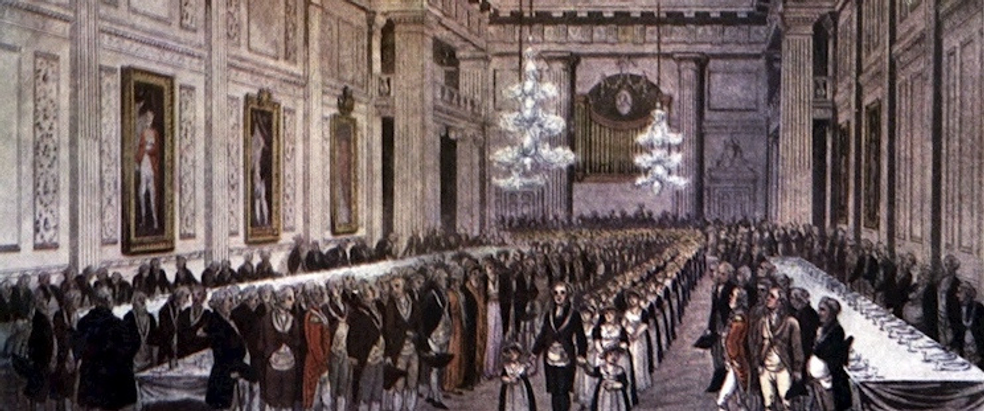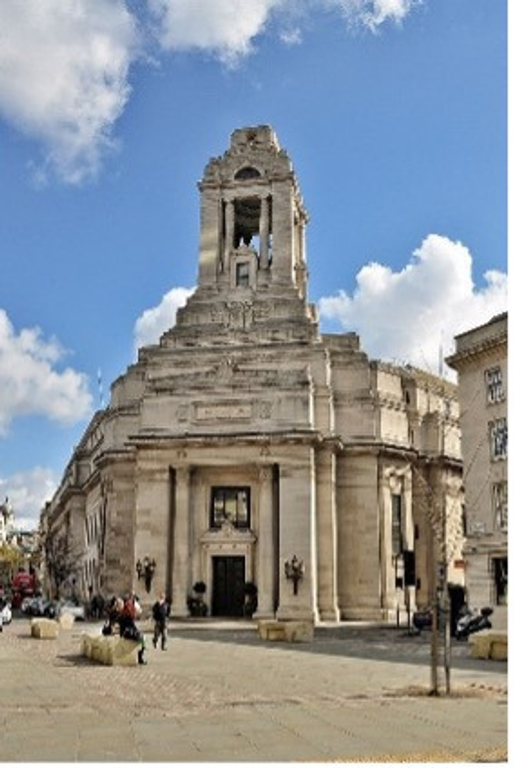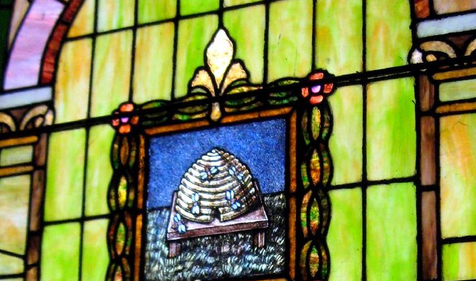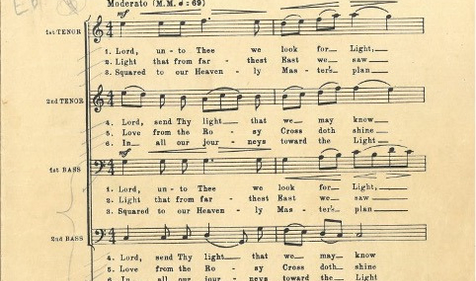This article describes how The Four Lodges of England formed the world’s first Masonic Grand Lodge and established modern Freemasonry.
Over 300 years ago, the world’s first Masonic Grand Lodge was founded in London, England, with the charge of governing Freemasonry. The establishment of The Premier Grand Lodge of England, known today as the United Grand Lodge of England, was a pivotal moment in our fraternity’s history. Many consider this moment the day modern Freemasonry was formally established, creating a brotherhood whose rituals and traditions carry on today in lodges around the world. This landmark event occurred when the ‘Four Old Lodges of England’ came together one fateful day in 1717 and changed history forever.
The Four Lodges of England
The first evidence from the initiation of a Speculative Mason in England came in 1646 from Brother Elias Ashmole, who recorded his initiation. He wrote:
“October 16, 4.30pm - I was made a freemason at Warrington in Lancashire with Colonel Henry Mainwaring [a Roundhead parliamentarian friend related to his father-in-law] of Karincham in Cheshire. The names of those that were then at the Lodge, Mr. Richard Penket Worden, Mr. James Collier, Mr. Richard Sankey, Henry Littler, John Ellam, Richard Ellam and Hugh Brewer.”
In the subsequent decades, further evidence that Speculative Masonry was practiced in the country continued to emerge. By the early 1700s, the four original Masonic lodges in England had consistent members who convened regularly. These lodges were named for the London taverns in which their members met; these include:
- The Goose and Gridiron Alehouse (now called Lodge of Antiquity No. 2)
- The Crown Alehouse
- The Apple Tree Tavern (now called Lodge of Fortitude and Old Cumberland No.12);
- The Rummer and Grapes Tavern (now known as Royal Somerset House and Inverness Lodge No. IV).
In 1716, the four lodges came together at the Apple Tree Tavern and determined themselves a Grand Lodge pro Tempore in due form. They chose the oldest Master Mason from among themselves and made him the first Master of the lodge at this meeting. Formally, they did not elect the first Grand Master or establish any rules or regulations at this meeting. All they decided on this day was for the members of these four lodges to hold a conference each year, the Annual Assembly and Feast, in which they would choose a Grand Master.
At The Goose and Gridiron
The four lodges again reconvened the following year at the Goose and Gridiron Alehouse in St. Paul’s church yard for their first Annual Meeting. It was St. John the Baptist’s Day, a day that still holds significance in Masonry today. On that day, June 24, 1717, the lodges officially declared themselves a Grand Lodge, electing Anthony Sayer as their first Grand Master.
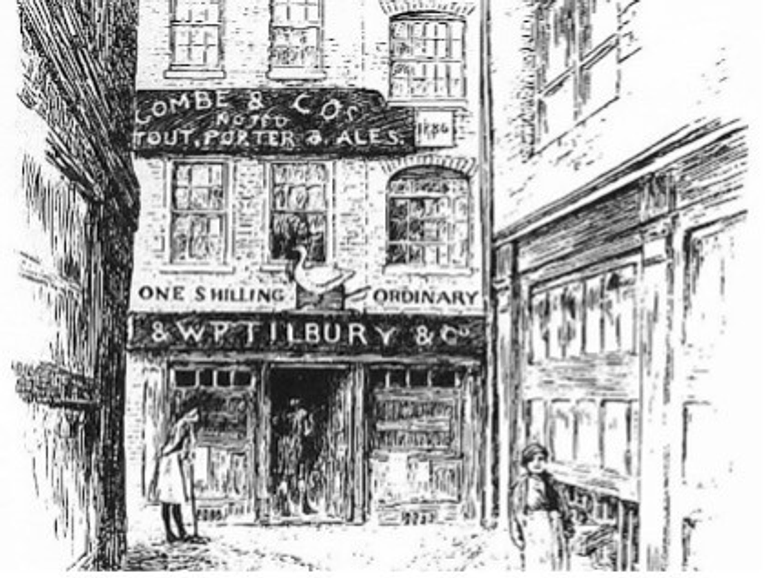
Two other important matters were settled at the meeting: the Grand Master appointed his Grand Wardens for the year, and the Grand Lodge decided to hold a ‘Grand Feast’ annually. Because record-keeping was sparse during the first few years of the Grand Lodge, not much else is known about Most Worshipful Sayer or the accomplishments of the Grand Lodge at that time.
Three years later, George Payne was elected as Grand Master and wrote the General Regulations of a Free Mason. His writing became an integral part of Dr. James Anderson’s The Constitutions of the Free-Masons, which was published in 1723. Constitutions was the first book published by the Grand Lodge, and it included details regarding the history and regulations of Freemasonry.
The United Grand Lodge of England
It took several years before the Grand Lodge expanded its authority over lodges outside of London. In fact, in 1725, a lodge in York established the Grand Lodge of All England in an attempt to rival and protest the growing influence of the Grand Lodge of England. That same year, the Grand Lodge of Ireland was founded, followed a decade later by the Grand Lodge of Scotland.
Soon, Freemasonry began spreading overseas as the British empire continued growing throughout the 18th and 19th centuries. Dueling Grand Lodges continued operating in England, refusing to legitimize or recognize each other for decades. Finally, in 1813, the two Grand Lodges united to form the United Grand Lodge of England. This new entity immediately set to work standardizing the ritual, procedures and regalia of the Masons and lodges under its jurisdiction.
Today, Masons worldwide continue carrying on the traditions established by the Four Old Lodges. In a show of the impact The Grand Lodge of England has had on the world, representatives of 136 sovereign Grand Lodges from different countries ventured to England in 2017 to celebrate its 300th birthday. It is amazing and true to the heart of Masons that a legacy that began in the humble walls of London taverns has become a global brotherhood that touches the hearts of millions of men and their communities still to this day.
Related Stories
Discover additional Scottish Rite blogs and news on this topic.
-
What Does the Beehive Mean in Freemasonry?
Degrees
Read More about What Does the Beehive Mean in Freemasonry?
-
Official (and Unofficial) Music for the 32nd Degree
History
Read More about Official (and Unofficial) Music for the 32nd Degree
-
Was Robert Burns a Freemason?
Famous Masons
Read More about Was Robert Burns a Freemason?
